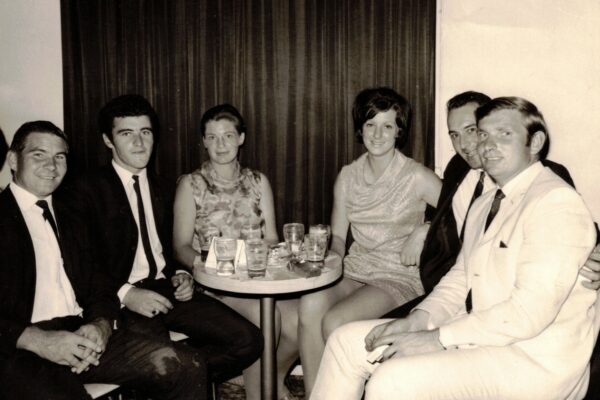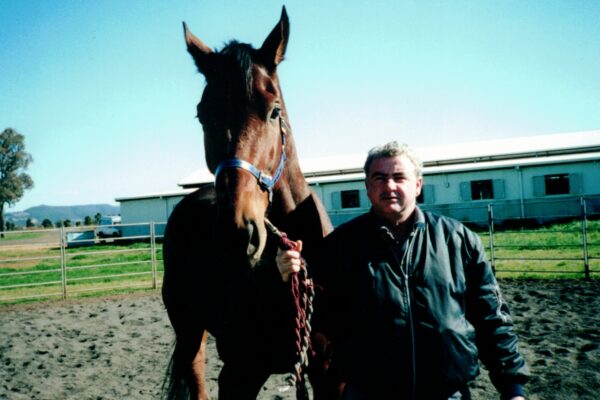I first encountered the Chinese Horse Crush at a private riding school in Nanjing during a visit in 2004. The horse was restrained between two metal posts with an overhanging mettle bar. A quite elaborate system of ropes was strung from the horizontal high bar with the horse ‘suspended’ between a longitudinal rope body restraint. Attached ropes surrounded the torso at the girth; also around and across the loins. A standard head stall tied to the overhanging bar in front completed the elaborate internment. The horse appeared to accept this arrangement quite well. Master Farrier Brian Atfield was on the trip. He said he couldn’t operate in this way. The horse was unused and uncooperative to the established western methods of approach and restraint.
The arrangement we encountered in Kashgar Markets some years later was quite similar. Wooden posts and rails replaced the metal framework with much stouter ropes. There was a hubbub of activity with a principal farrier surrounded by many assistants with varying levels of energy and expertise. It reminded me of an Irish Horse Fair. The farrier was served by an open forge for hot shoeing. This differed little from the blacksmith’s forge I fondly remember in my home village.
All of these methods appear to be more labour intensive than equivalent western procedures. The horses don’t seem to be relaxed or comfortable with these modes of restraint although accepting. There must be a training process. However it is intriguing to speculate on the divergent evolution between East and West in what must once have been a common objective? Western trained farriers have much superior farriery tools with which to work. This has improved markedly in recent times. The Kashgar farrier was highly competent but had to put up with some ‘archaic’ utensils especially trimming hoof knives and hoof cutters.
Photos courtesy of Sarah Howey










